Introduction: The Critical Role of Content in Digital Success
In today’s digital-first world, your website content serves as the cornerstone of your online identity and marketing strategy. Unlike temporary social media posts or paid advertisements that disappear after their campaign ends, your website content remains a permanent asset that continues working for your business 24/7. High-quality, strategically crafted content does much more than simply fill web pages – it functions as your most powerful tool for attracting qualified traffic, establishing authority, and converting visitors into loyal customers.
The digital landscape has become increasingly competitive, with over 1.8 billion websites vying for attention online. In this crowded space, content quality has emerged as the key differentiator between successful websites and those that fade into obscurity. Consider these compelling statistics that underscore the importance of investing in superior website content:
- Businesses that prioritize content marketing experience conversion rates nearly six times higher than competitors who don’t (Aberdeen Group)
- Websites with blogs average 434% more indexed pages, dramatically increasing their chances of appearing in search results (TechClient)
- Content marketing costs 62% less than traditional outbound marketing while generating about three times as many leads (DemandMetric)
This comprehensive guide will take you on an in-depth exploration of website content, beginning with why it’s absolutely essential for online success. We’ll then examine the ten most effective types of website content in detail, complete with real-world examples and actionable strategies for each. Finally, we’ll provide advanced optimization techniques to ensure your content not only attracts visitors but also converts them into customers.
Whether you’re launching a new website, revamping an existing one, or simply looking to improve your content strategy, this guide will provide the insights and practical advice you need to create website content that delivers measurable business results.
Why Website Content is the Backbone of Online Success
1. Content is the Fuel for Search Engine Visibility
In the digital age, search engines serve as the primary gateway between businesses and potential customers. Google alone processes over 8.5 billion searches per day, making it the most important source of organic traffic for most websites. However, search engines can’t magically understand what your business offers or why it’s valuable – they rely entirely on your website content to make these determinations.
Well-optimized content serves as a roadmap for search engine crawlers, helping them understand:
- What products or services do you offer
- Which problems do you solve for customers
- How authoritative you are in your industry
- Whether your content satisfies user search intent
The relationship between content quality and search rankings has been extensively documented. Backlinko’s analysis of over 11 million search results found that comprehensive, in-depth content consistently outperforms thin, superficial content in search rankings. Their research revealed that the average first-page result on Google contains approximately 1,447 words, with top-ranking pages often exceeding 2,000 words.
Beyond word count, search engines evaluate content quality through sophisticated algorithms that assess factors like:
- Keyword relevance and natural integration
- Content freshness and update frequency
- Semantic relationships between concepts
- User engagement signals (time on page, bounce rate)
2. Content Builds Trust and Establishes Authority
In an era of digital skepticism, consumers increasingly demand transparency and expertise before engaging with businesses. Your website content serves as the primary vehicle for demonstrating your knowledge, experience, and trustworthiness to potential customers.
The trust-building power of quality content manifests in several ways:
- Educational content (blogs, guides, tutorials) positions your brand as a helpful resource rather than just a sales pitch
- Case studies and testimonials provide social proof that reassures hesitant buyers
- Detailed “About Us” content humanizes your brand and creates emotional connections
- Transparent pricing and policy information reduce buyer anxiety and objections
Research from Edelman’s Trust Barometer reveals that 81% of consumers need to trust a brand before making a purchase. This trust is built gradually through consistent exposure to valuable, authentic content that addresses customer needs and concerns.
3. Content Enhances User Experience and Engagement
Modern consumers have notoriously short attention spans and countless alternatives just a click away. In this environment, your website content must do more than simply exist – it must actively engage visitors and encourage them to explore further.
Well-crafted content improves user experience through:
- Clear information architecture that helps visitors find what they need quickly
- Scannable formatting with headers, bullet points, and visual breaks
- Multimedia integration that caters to different learning styles
- Persuasive storytelling that maintains interest and builds emotional connections
The impact of content on user engagement is measurable. According to NNGroup research, users typically read only about 20% of the text on a webpage. However, this percentage increases dramatically when content employs proper formatting, relevant visuals, and compelling narrative structures.

4. Content Supports All Marketing Channels
Unlike isolated marketing tactics, website content serves as a versatile asset that can be repurposed across multiple channels:
- Blog posts can be adapted into social media content, email newsletters, or podcast episodes
- Product descriptions feed into e-commerce platforms, marketplaces, and PPC campaigns
- Case studies and testimonials strengthen sales presentations and proposals
- Evergreen guides and resources continue generating value long after publication
This multiplier effect makes content marketing one of the most efficient and cost-effective marketing strategies available. According to the Content Marketing Institute, content marketing generates approximately three times as many leads as traditional outbound marketing while costing 62% less.
10 Essential Types of Website Content (With Examples & Strategies)

1. Home Page Content: Your Digital Storefront
Your homepage serves as the front door to your digital presence, making its content arguably the most important on your entire website. Unlike other pages that target specific needs or questions, your homepage must simultaneously:
- Immediately communicate your core value proposition
- Guide different visitor segments to relevant sections
- Establish visual and emotional appeal
- Include clear calls-to-action
Key Elements of High-Converting Homepage Content:
- Headline and Subheadline: These elements have approximately 8 seconds to capture attention and communicate your unique value. The most effective headlines:
- Focus on customer benefits rather than features
- Include your primary keyword naturally
- Create curiosity or highlight a unique differentiator
Example: Slack’s headline “Where work happens” immediately communicates their platform’s purpose with simplicity and confidence.
- Value Proposition Statement: This 2-3 sentence section should answer:
- What you offer
- Who it for
- Why it’s better than alternatives
- Visual Elements: Hero images or videos should:
- Show your product/service in action
- Feature happy customers when possible
- Convey your brand personality
- Navigation and Information Architecture: Your menu structure should:
- Use clear, intuitive labels
- Highlight the most important pages
- Include a search function for content-rich sites
- Trust Indicators: These elements reduce buyer hesitation:
- Media logos of publications that featured you
- Client logos or testimonials
- Security badges for e-commerce sites
Optimization Tips:
- Conduct A/B testing on headline variations
- Ensure mobile responsiveness (over 60% of traffic is mobile)
- Keep loading time under 3 seconds (every 1-second delay reduces conversions by 7%)
2. About Us Page: Telling Your Brand Story
While many businesses treat their About page as an afterthought, it’s actually one of the most frequently visited sections of any website. Modern consumers want to know the people and principles behind the products they buy, making your About page a crucial trust-building tool.
Components of an Effective About Page:
- Origin Story: Share how and why your business was founded. This narrative should:
- Highlight the problem you set out to solve
- Show your passion and expertise
- Differentiate you from competitors
Example: Warby Parker’s About page details their mission to provide affordable eyewear after a co-founder lost his glasses on a backpacking trip.
- Mission and Values: Clearly articulate:
- Your company’s purpose beyond profits
- The principles guiding your decisions
- Any social or environmental commitments
- Team Introductions: Showcase key team members with:
- Professional yet approachable photos
- Brief bios highlighting relevant expertise
- Personal touches that humanize your staff
- Visual Timeline: For established businesses, a timeline can effectively communicate:
- Major milestones and achievements
- Growth and evolution
- Industry experience
- Social Proof: Reinforce your credibility with:
- Media mentions and features
- Industry awards and certifications
- Notable clients or partnerships
Advanced Strategies:
- Include a video message from your CEO/founder
- Add an “Our Impact” section with measurable results
- Feature employee testimonials about company culture
3. Service or Product Pages: The Conversion Powerhouses
Your product or service pages represent the critical junction between interest and action. These pages must provide sufficient information to overcome objections while maintaining enough simplicity to avoid overwhelming potential buyers.
Anatomy of High-Performing Product Content:
- Benefit-Focused Headlines: Move beyond basic descriptors to highlight outcomes. Compare:
- Weak: “Accounting Software”
- Strong: “Automate Your Bookkeeping and Save 10 Hours Weekly”
- Feature/Benefit Matrix: For each feature, explain:
- What it is (technical specification)
- Why it matters (customer benefit)
- How it better than alternatives
- Visual Demonstrations:
- High-resolution product images (multiple angles)
- Zoom functionality for detailed inspection
- Lifestyle images showing the product in use
- Social Proof Elements:
- Customer reviews with photos/videos
- Ratings aggregated from multiple platforms
- Case studies showing real-world results
- Risk Reducers:
- Free trials or samples
- Money-back guarantees
- Easy return policies
Conversion Optimization Tactics:
- Use scarcity tactics (“Only 3 left in stock”)
- Include live chat support for instant questions
- Offer multiple purchase options (one-time vs subscription)

4. Blog Posts and Articles: The SEO Powerhouses
Blog content represents one of the most versatile and powerful types of website content. When executed strategically, blog posts can:
- Drive consistent organic traffic through search engines
- Establish your brand as an industry authority
- Nurture leads through the sales funnel
- Provide evergreen value that compounds over time
Why Blog Content Matters
HubSpot’s research reveals that businesses publishing 16+ blog posts per month generate about 4.5X more leads than those publishing 0-4 posts. This isn’t about quantity alone – the most successful blogs combine regular publication with rigorous quality standards.
Anatomy of a High-Performing Blog Post
- Strategic Topic Selection
- Target buyer personas and their pain points
- Keyword research to identify search demand
- Competitor analysis to find content gaps
- Comprehensive Content Structure
- An introduction hook that addresses the reader’s intent
- Logical flow with clear subheadings (H2, H3)
- Data and examples to support claims
- Actionable takeaways and next steps
- SEO Optimization
- Primary keyword in the title and the first 100 words
- Semantic keywords throughout the content
- Internal linking to related resources
- Optimized meta descriptions and URL slugs
- Engagement Elements
- Visual aids (charts, infographics, screenshots)
- Pull quotes and highlighted key points
- Interactive content, where applicable
Advanced Blogging Strategies
Pillar-Cluster Model
Create comprehensive pillar pages that broadly cover a topic, then support them with cluster content targeting specific subtopics. This structure helps search engines understand your content hierarchy.
Content Refresh Program
Identify and update older posts to maintain their relevance and rankings. Backlinko found that refreshed content can gain a 25-50% traffic boost.
Multimedia Integration
The average blog post now contains 3.2 images, and articles with videos have 3X more backlinks (BuzzSumo). Consider embedding:
- Explainer videos
- Podcast clips
- Interactive calculators
- Animated GIF demonstrations
5. FAQ Pages: The Unsung Heroes of UX and SEO
Often overlooked, FAQ pages serve multiple critical functions:
- Reduce customer service inquiries by 30-50%
- Improve SEO through featured snippets
- Address objections during buyer consideration
Creating an Effective FAQ Section
- Research-Driven Questions
- Analyze customer service logs
- My product review concerns
- Study “People Also Ask” in Google searches
- Structured Formatting
- Question as H2 header
- Concise but complete answer (50-100 words)
- “Back to top” navigation for long pages
- SEO Optimization
- Use question-style headings
- Implement FAQ schema markup
- Link to related product/service pages
- Conversion Integration
- Add CTAs where appropriate (“Ready to solve this? Contact us”)
- Include helpful resources (guides, tutorials)
- Feature testimonials addressing common concerns
6. Visual Content: Beyond Decoration
Visual elements are no longer optional – they’re essential for engagement and comprehension. Consider these statistics:
- Content with relevant images gets 94% more views (Jeff Bullas)
- Infographics are liked/shared 3X more than other content (Unbounce)
- 65% of people are visual learners (Social Science Research Network)
Types of Effective Visual Content
- Product Photography
- Multiple angles with zoom functionality
- Lifestyle context shots
- Scale references (size comparisons)
- Data Visualization
- Comparison charts
- Process flow diagrams
- Timeline infographics
- Brand Storytelling
- Team culture photos
- Behind-the-scenes footage
- Office/facility tours
- Instructional Content
- Step-by-step image guides
- Explainer video snippets
- Interactive 360° views
Optimization Best Practices
- Compress images without quality loss (aim for <100KB)
- Use descriptive, keyword-rich file names
- Implement lazy loading for faster page speeds
- Add alt text for accessibility and SEO

7. Video Content: The Engagement Multiplier
Video has become the dominant content format, with:
- 92% of marketers report positive ROI from video (Wyzowl)
- Video increases organic traffic by 157% (Insivia)
- 84% of consumers are convinced to buy after watching a brand’s video (HubSpot)
Types of Effective Website Videos
- Explainer Videos (60-90 seconds)
- Product/service overviews
- How-to demonstrations
- Animated concept explanations
- Testimonial Videos (1-2 minutes)
- Customer success stories
- Case study highlights
- Expert endorsements
- Brand Story Videos (2-3 minutes)
- Company mission/values
- Founder stories
- Culture showcases
Video Optimization Checklist
- Host on a dedicated platform (YouTube, Vimeo) with website embed
- Create SEO-optimized titles and descriptions
- Add captions for silent autoplay contexts
- Include a transcript for accessibility and SEO
- Implement chapter markers for longer videos

8. Downloadable Resources: The Lead Generation Engine
Premium content offers provide value in exchange for contact information, effectively turning visitors into leads. High-performing examples include:
- Comprehensive Guides (10-50 pages)
- Ultimate guides to [topic]
- Industry benchmark reports
- Best practice playbooks
- Practical Templates
- Spreadsheet calculators
- Document frameworks
- Design mockups
- Educational Courses
- Email courses
- Video training series
- Certification programs
Optimizing Conversion Paths
- Gate only your most valuable content
- Use progressive profiling for repeat downloads
- Offer immediate value (first chapter free)
- Follow up with email nurture sequences

9. Testimonials and Case Studies: Social Proof in Action
Social proof remains one of the most powerful conversion tools, with:
- 92% of consumers read reviews before purchasing (BrightLocal)
- Case studies increasing conversion rates by up to 70% (DemandGen Report)
Creating Impactful Social Proof Content
- Customer Testimonials
- Video format preferred (more authentic)
- Specific results and metrics
- Before/after comparisons
- Detailed Case Studies
- Client background/challenges
- Your solution implementation
- Quantifiable results achieved
- Client quotes and visuals
- Trust Badges and Certifications
- Industry awards
- Security certifications
- Media features
Placement Strategies
- Homepage hero section
- Product/service pages
- Dedicated success stories page
- Checkout/cart pages
10. Contact Forms and CTAs: The Conversion Catalysts
Even the best content fails without clear paths to action. Optimized CTAs and forms should:
- Use Action-Oriented Language
- “Get Your Free Consultation”
- “Start Your Risk-Free Trial”
- “Download the Ultimate Guide”
- Implement Strategic Placement
- Above the fold on key pages
- Sticky headers/footers
- Exit-intent popups
- Optimize Form Fields
- Only ask for essential information
- Use smart progressive profiling
- Include trust signals near submit buttons
Advanced Conversion Tactics
- A/B test button colors and text
- Implement chatbot alternatives
- Offer multiple contact methods
- Use urgency/scarcity where appropriate
Conclusion: Implementing a Winning Content Strategy
Creating exceptional website content requires more than just writing skills – it demands strategic thinking about user needs, search intent, and conversion psychology. By implementing the content types and strategies outlined in this guide, you’ll be positioned to:
- Dominate Search Rankings through comprehensive, optimized content
- Build Trust and Authority with valuable, user-focused resources
- Maximize Conversions with the strategic placement of CTAs and social proof
- Create a Sustainable Asset that delivers compounding returns over time
Remember that content quality always trumps quantity. One exceptional, 3,000-word guide targeting the right audience will outperform dozens of superficial posts. As you develop your content, continually ask:
- Does this truly help my target audience?
- Is this the best resource available on this topic?
- Does this guide visitors toward a meaningful action?
By maintaining these standards and regularly auditing/updating your content, you’ll build a website that not only ranks well but genuinely serves your audience and drives business growth.
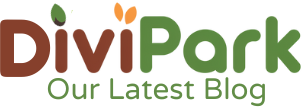
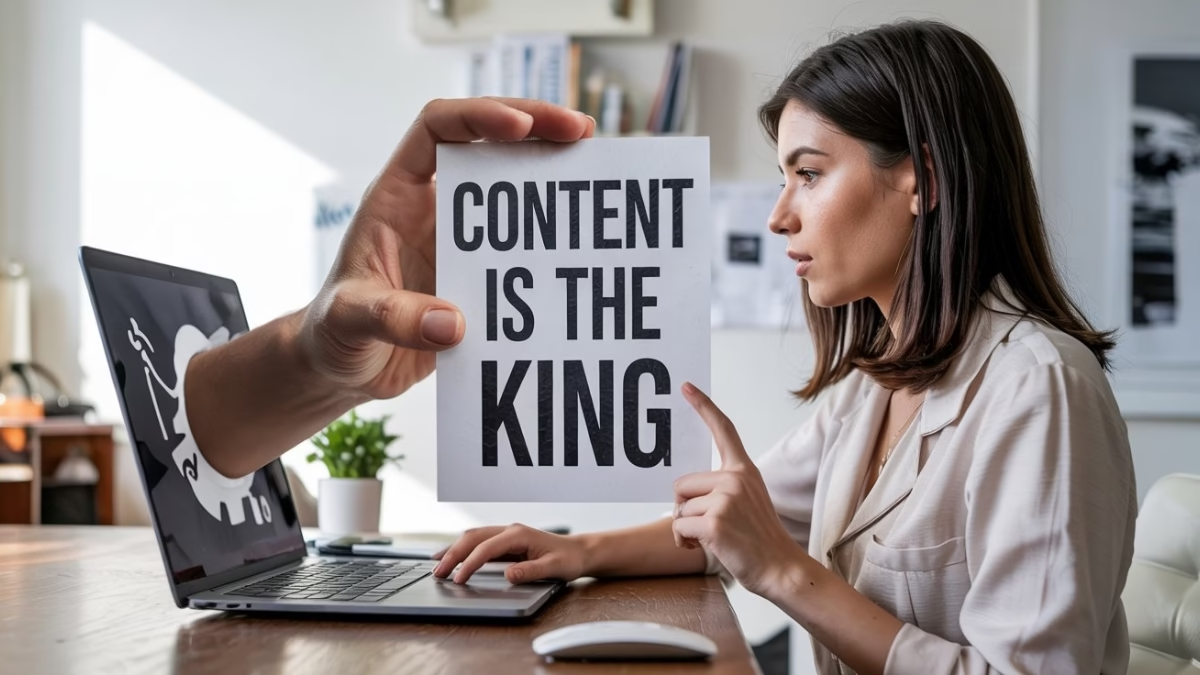


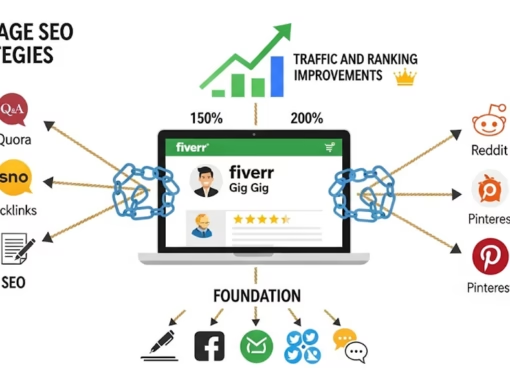
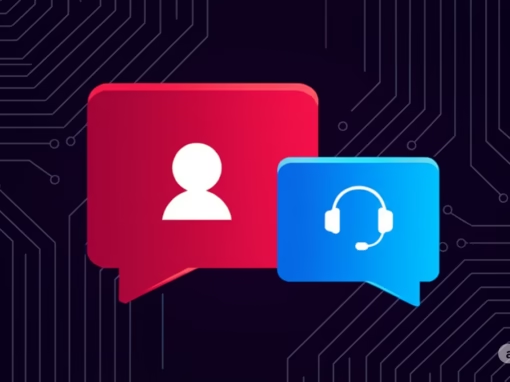
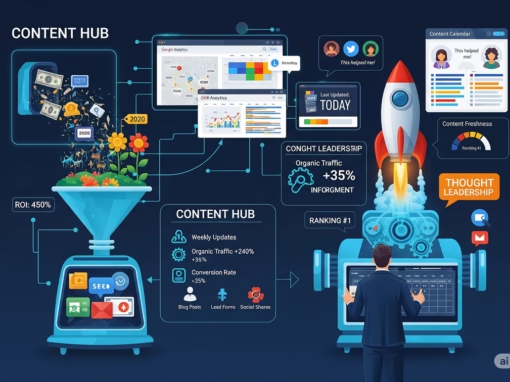
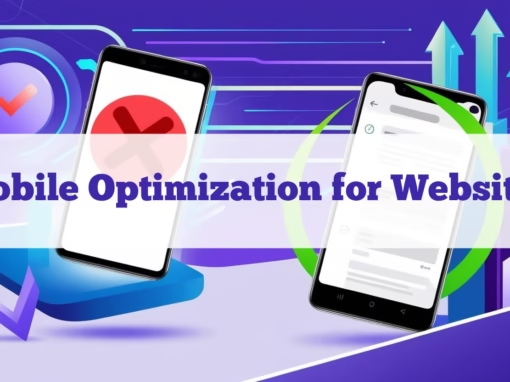
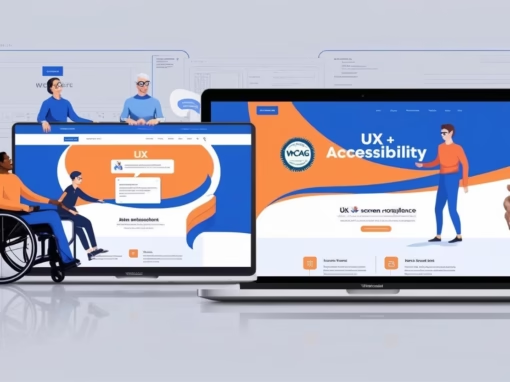

0 Comments